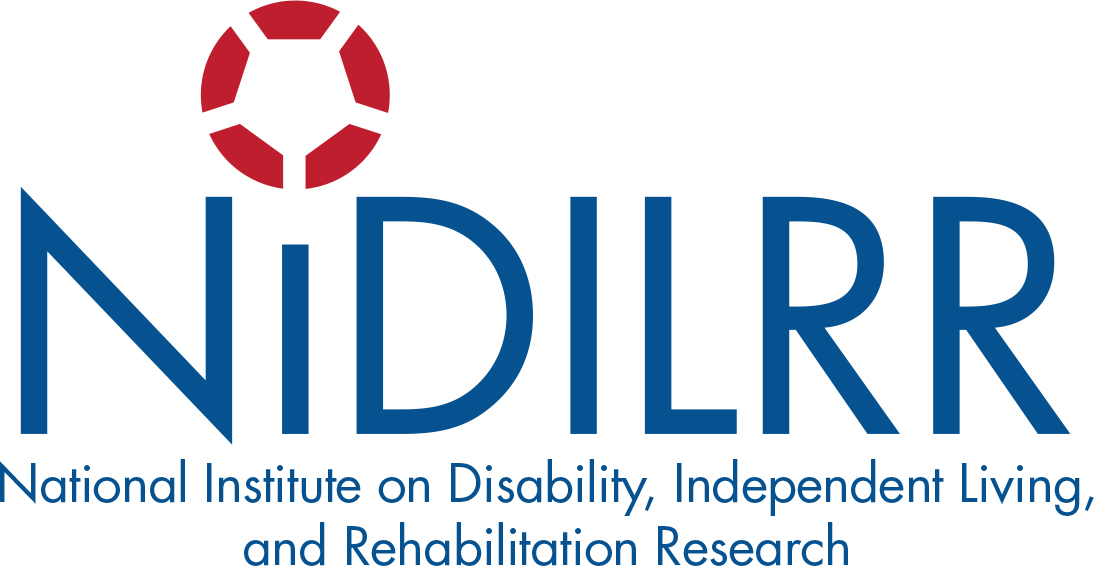Print-Friendly PDF | Large-Print PDF
People who have visual, hearing, or speech disabilities (“communication disabilities”) use different ways to communicate.
Under the Americans with Disabilities Act (ADA), all state and local governments, as well as businesses and nonprofits that serve the public, are required to communicate effectively with people who have disabilities.
As a healthcare facility or provider, what does this mean for me?
All healthcare facilities or providers, regardless of the number of employees and the size of the office, must provide auxiliary aids and services to communicate effectively with people with disabilities. Healthcare facilities or providers include hospitals, nursing homes, psychiatric and psychological services, dentists, and health clinics.
Auxiliary aids and services must be available for both private consultations with patients and public conferences and health education and training sessions held by the healthcare provider.
What are auxiliary aids and services?
Auxiliary aids and services can include a wide range of technologies, such as assistive listening systems and devices; captioning and communication access real-time translation (CART); text telephones (TTYs), videophones, and captioned telephones; and screen reader software, magnification software, and optical readers. To learn more about the latest adaptive technology, contact your local Assistive Technology Act Program or Association of Assistive Technology Act Programs (ATAP).
|
Disability |
Examples of auxiliary aids and services |
|
For people who are blind, have vision loss, or are deaf-blind |
A qualified reader (someone who is able to read effectively, accurately, and impartially, using any necessary specialized vocabulary)
Healthcare information available in large print, Braille, or electronically for use with a computer screen-reading program; or an audio recording of printed information
|
|
For people who are deaf, have hearing loss, or are deaf-blind
|
A qualified note taker
A qualified sign language interpreter, oral interpreter, cued-speech interpreter, or tactile interpreter (someone who is able to interpret effectively, accurately, and impartially, both receptively and expressively, using any necessary specialized vocabulary). In some situations, video remote interpreting (VRI) may be effective.VRI uses video conference technology to deliver sign language interpretation over the internet. Entities using VRI must ensure that the service is always available, the technology meets performance standards and is reliable, and that appropriate staff are trained in set-up and use.
Real-time captioning, written materials, or a printed script of a stock speech |
|
For people who have speech disabilities |
Keeping paper and pencil on hand so the person can write out words that staff cannot understand
Allowing more time to communicate with someone who uses a communication board or device |
|
For people who have intellectual or developmental disabilities |
Using plain language Giving additional response time Providing written information, written checklists, and illustrations or graphic representations
|
Who pays for the use of auxiliary aids and services?
The healthcare provider should treat the use of auxiliary aids and services as part of the costs of operating a business, as long as the aid or service does not impose an undue burden on the business. If the use of a specific auxiliary aid or service would result in an undue burden, work with the person to determine an alternative aid or service.
Eligible small businesses may claim some tax credits for the use of auxiliary aids and services. Please consult with your tax advisor.
Do the effective communication requirements also apply to family members and companions?
Yes. Medical staff often need to communicate to a patient's spouse, other relative, or friend about the patient's condition, prognosis or treatment plan. Such people are referred to as "companions" and the ADA requires covered entities to provide effective communication for companions who have communication disabilities. The term"companion" includes "any family member, friend or associate of a person seeking or receiving an entity's goods or services who is an appropriate person with whom the entity should communicate."
As a healthcare facility or provider, how do I know which auxiliary aids and services to provide?
Ask. Consult with the person with a disability to discuss what aid or service is appropriate for them. If the choice expressed by the person with a disability would result in an undue burden, work with the person to determine an alternative aid or service.
What if the client or customer wants to bring his/her own interpreter (a family member or friend)?
The ADA holds you, the business or nonprofit, responsible for providing effective communication, including the use of interpreters. Family members or friends who act as interpreters often lack the impartiality and specialized vocabulary to interpret effectively and accurately in your field.
There are two exceptions to this rule: 1) in the case of imminent threat, and 2) in situations not involving an imminent threat, an adult accompanying someone may be relied upon to interpret or facilitate communication when a) the individual requests this, b) the accompanying adult agrees, and c) reliance on the accompanying adult is appropriate under the circumstances. This exception does not apply to minor children.
How can we ensure that our front-line staff remains aware of providing effective communication?
- Provide comprehensive and ongoing staff training on effective communication and disability language and etiquette.
- Develop a clear policy and procedure in acquiring auxiliary aids and services to ensure success in implementing policy.
For more information about the ADA, Effective Communication, and training:
Northwest ADA Center
Toll-Free: 800-949-4232
Local: 425-248-2480
Relay:7-1-1
Email:
U.S. Department of Justice
ADA Information Line
www.ada.gov
Voice: 800-514-0301
TTY: 800-514-0383
ADA Requirements: Effective Communication (detailed fact sheet by the U.S. Department of Justice)

The Northwest ADA Center is a member of the ADA National Network. The contents of this fact sheet were developed under a grant from the National Institute on Disability, Independent Living, and Rehabilitation Research (NIDILRR grant number 90DPAD0002). NIDILRR is a Center within the Administration for Community Living (ACL), Department of Health and Human Services (HHS). The contents of this fact sheet do not necessarily represent the policy of NIDILRR, ACL, or HHS, and you should not assume endorsement by the Federal Government.
